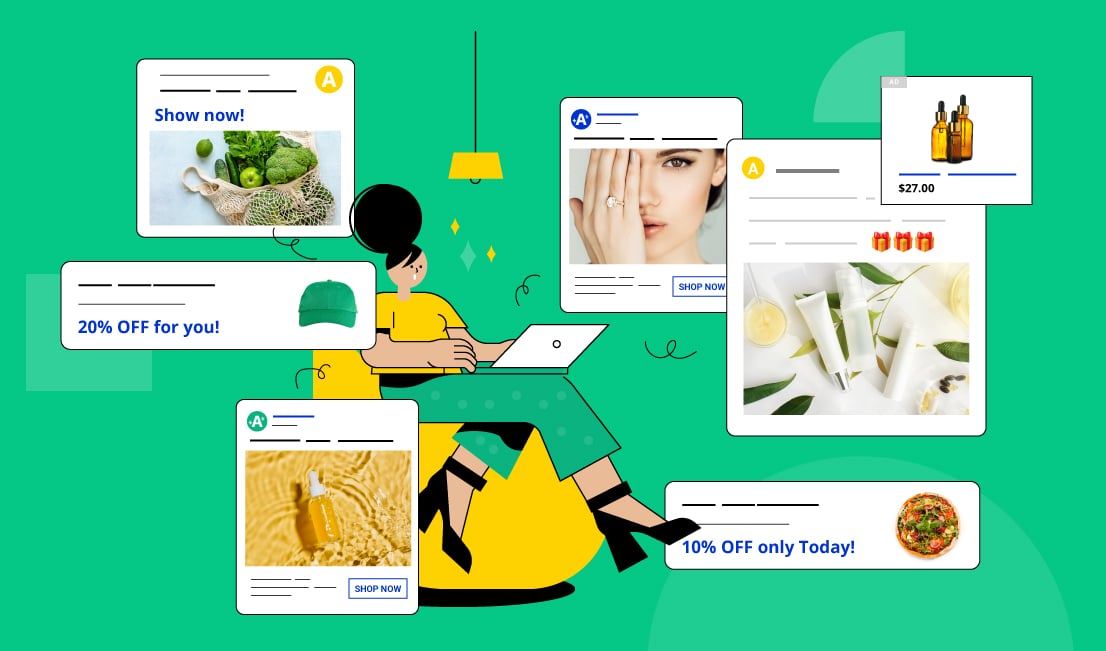5 min read
What is A/B Testing?
A/B testing, also known as split testing or bucket testing, is a user experience research method that compares two versions of a single variable to determine which performs better. It's a simple yet effective way to compare multiple versions of a webpage, app, or marketing element to see which one resonates more with your audience.
In essence, A/B testing involves showing two variants (A and B) to different segments of your audience at random and analyzing which variant drives better results based on your predetermined success metrics.
Common A/B Testing Applications
A/B testing can be applied to various elements of your digital presence. Here are some common applications:
Website Design
- Testing different color schemes or layouts
- Comparing different navigation structures
- Evaluating the impact of various image placements
E-commerce Optimization
- Testing product descriptions
- Comparing different pricing strategies
- Evaluating the effectiveness of various call-to-action buttons
Email Marketing
- Testing subject lines for higher open rates
- Comparing different email layouts
- Evaluating the impact of personalization
Content Marketing
- Testing different blog post titles
- Comparing various content formats (e.g., video vs. text)
- Evaluating the effectiveness of different content lengths
The Importance of A/B Testing
A/B testing eliminates guesswork from website optimization and allows businesses to make data-backed decisions. Here are some key reasons why A/B testing is crucial:
- Improved User Engagement: By testing different versions, you can identify what your users prefer, leading to better engagement.
- Increased Conversion Rates: A/B testing helps in optimizing elements that directly impact conversions, potentially boosting your bottom line.
- Risk Mitigation: Testing changes before full implementation reduces the risk of negative impacts on your business metrics.
- Continuous Improvement: A/B testing fosters a culture of constant optimization and improvement.
How A/B Testing Works
In a typical A/B test, you create two versions of a webpage or app screen. Version A is usually the current or control version, while Version B includes the modification you want to test. Traffic is then split between these two versions, and user interactions are measured and analyzed.
For example, an e-commerce site might test two different product page layouts to see which one leads to more purchases. Half of the visitors would see the original layout (A), while the other half would see the new layout (B). After running the test for a statistically significant period, the company can determine which version performed better in terms of conversion rate.
Real-World A/B Testing Success Stories
Many companies have leveraged A/B testing to achieve significant improvements. For instance, Microsoft's Bing search engine conducted an A/B test on advertising headline displays. Within hours, the alternative format produced a 12% increase in revenue without negatively impacting user experience metrics.
Similarly, Google has been a pioneer in A/B testing, running over 7,000 A/B tests in 2011 alone. These tests have helped Google optimize everything from search result displays to ad placements, contributing to its dominant position in the search engine market.
Best Practices for A/B Testing
To get the most out of your A/B tests, consider these best practices:
- Have a Clear Hypothesis: Before starting a test, clearly define what you're testing and what outcome you expect.
- Focus on Key Metrics: While it's tempting to track multiple metrics, focus on those that directly impact your business goals.
- Run Tests for Adequate Durations: Don't rush to conclusions. Ensure your tests run long enough to achieve statistical significance.
- Test One Variable at a Time: To clearly understand what's driving changes, test only one element at a time.
- Retest for Confirmation: To avoid false positives, consider retesting your winning variations.
Remember, A/B testing is not a one-time effort but an ongoing process of refinement and optimization. Embrace this methodology, and you'll be well on your way to creating a more effective and user-friendly digital presence.
Discover the winning marketing strategy with AIQUA: The personalization platform providing automated A/B and multivariate testing. Measure performance uplifts and ROI by flexibly experimenting with multiple variants to identify the key success factors. Link to resource center for more information.
Appier: Revolutionizing Full-Funnel Marketing with AI-Powered Solutions
Appier is a leader in AI-powered full-funnel marketing solutions, offering a comprehensive suite of tools designed to optimize every stage of the customer journey.
As of 2024, Appier serves more than 1,700 customers globally, spanning various industries from finance to retail. The company's impressive client roster includes renowned brands such as Pizza Hut, Burger King, Clarins, Carrefour, Toyota, and BMW.
.png?width=1200&height=630&name=%E7%B6%B2%E7%B4%85%E5%B0%88%E6%AC%84banner_new%20(3).png)
%20(27).png?width=1200&height=630&name=BLOG_Banner%20(Naomi)%20(27).png)

%20(26).png?width=1200&height=630&name=BLOG_Banner%20(Naomi)%20(26).png)